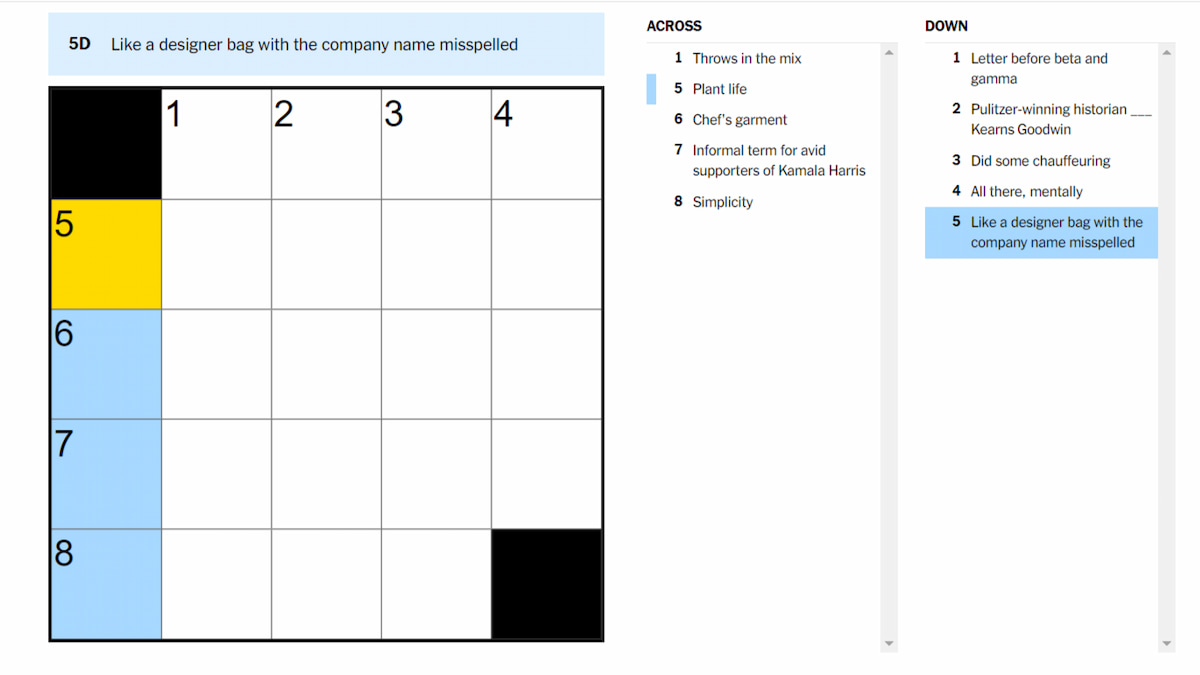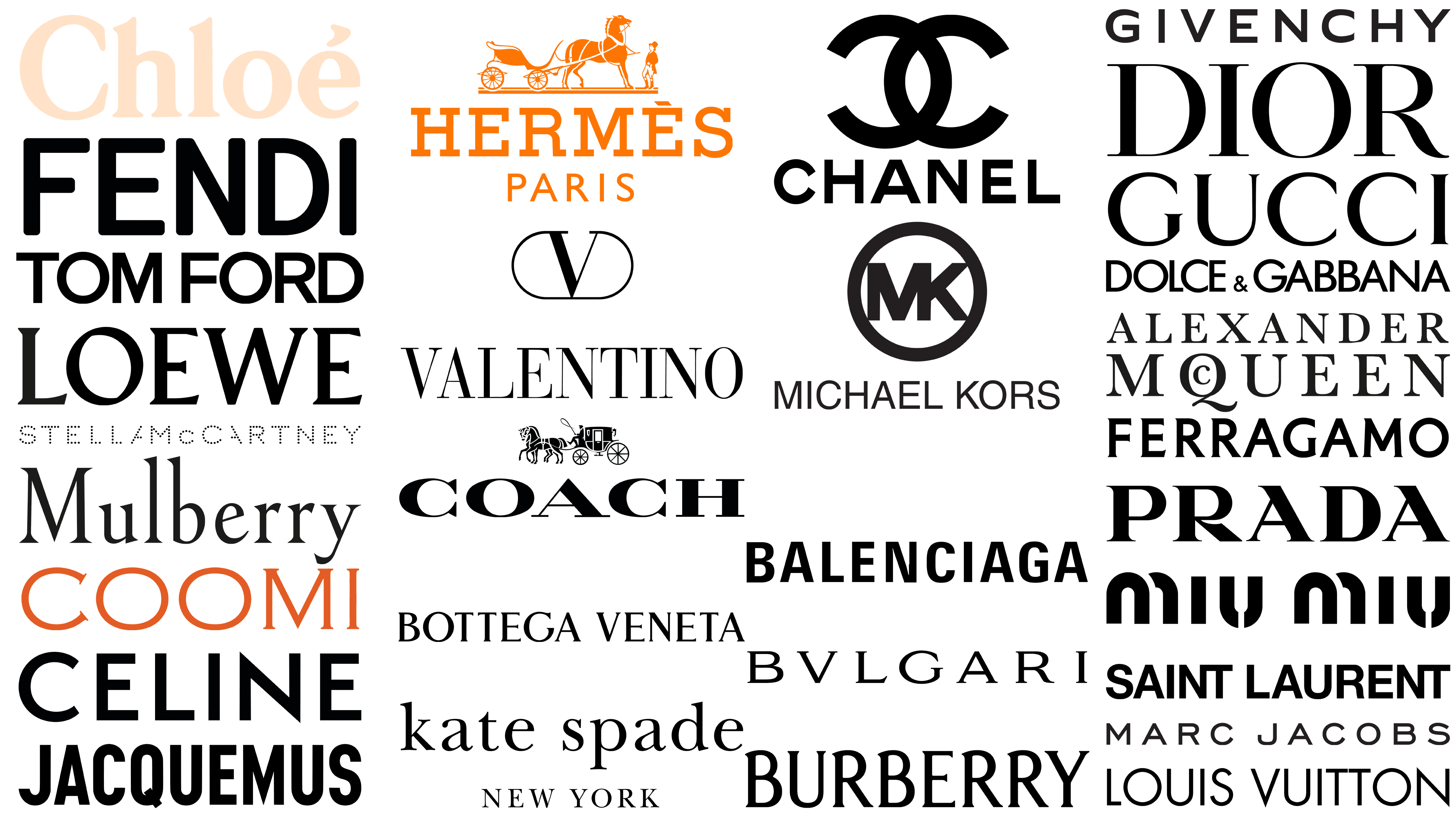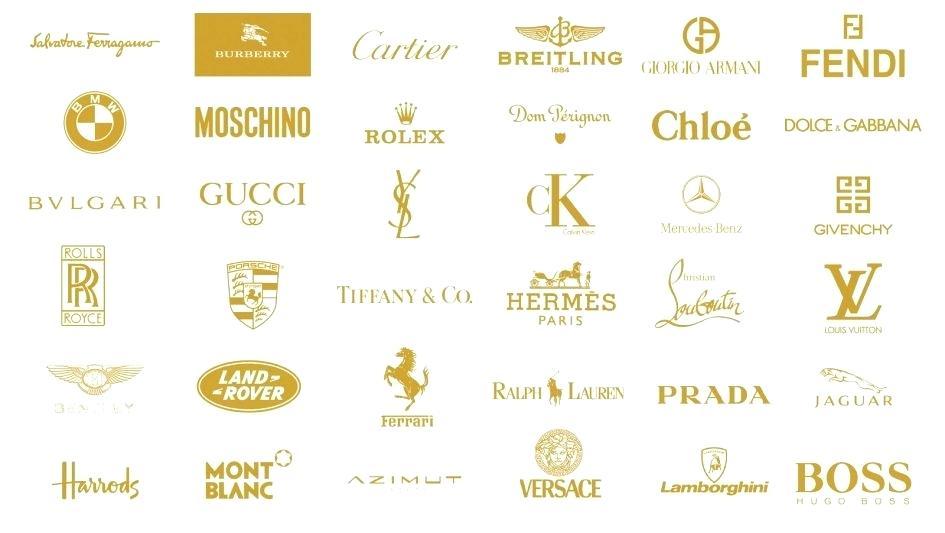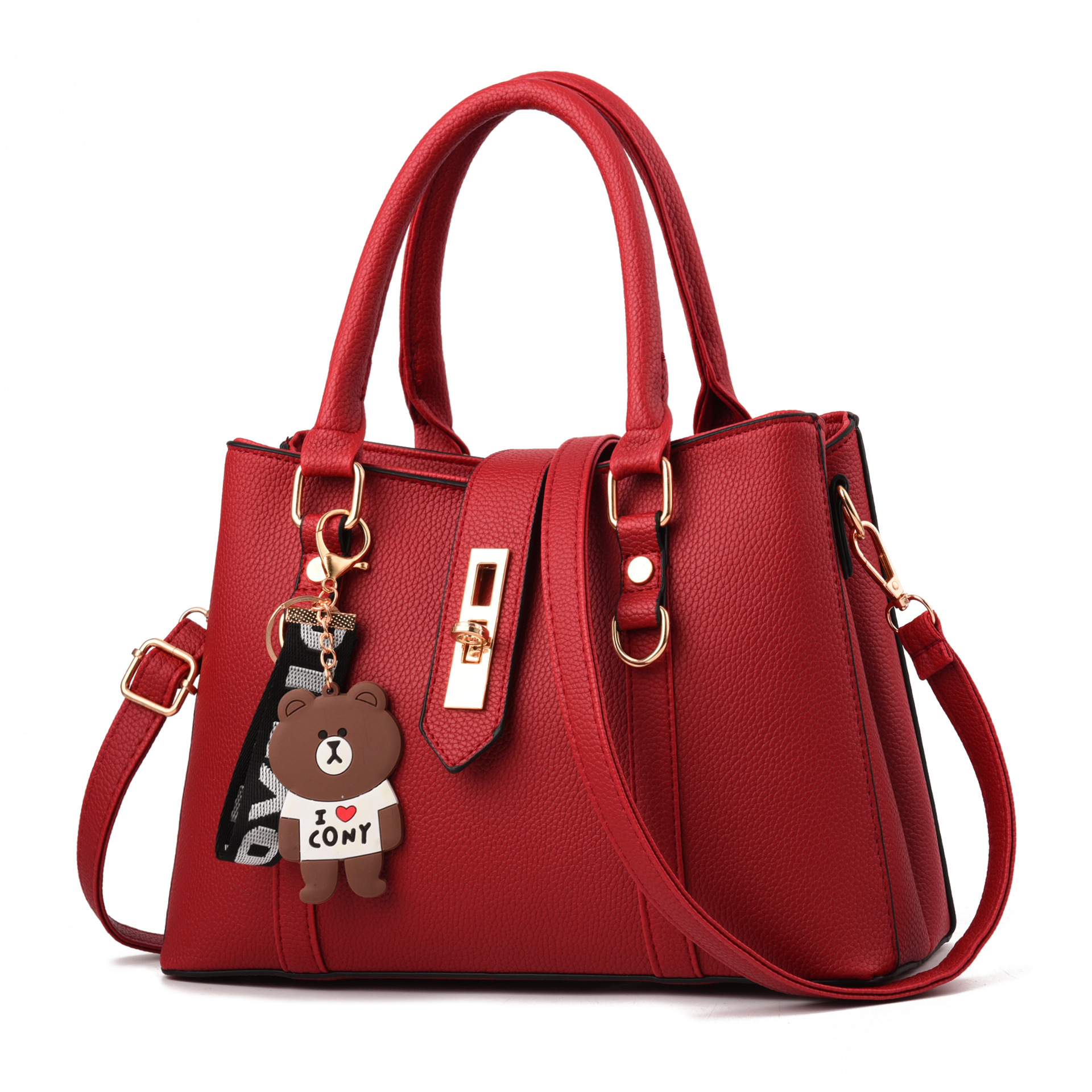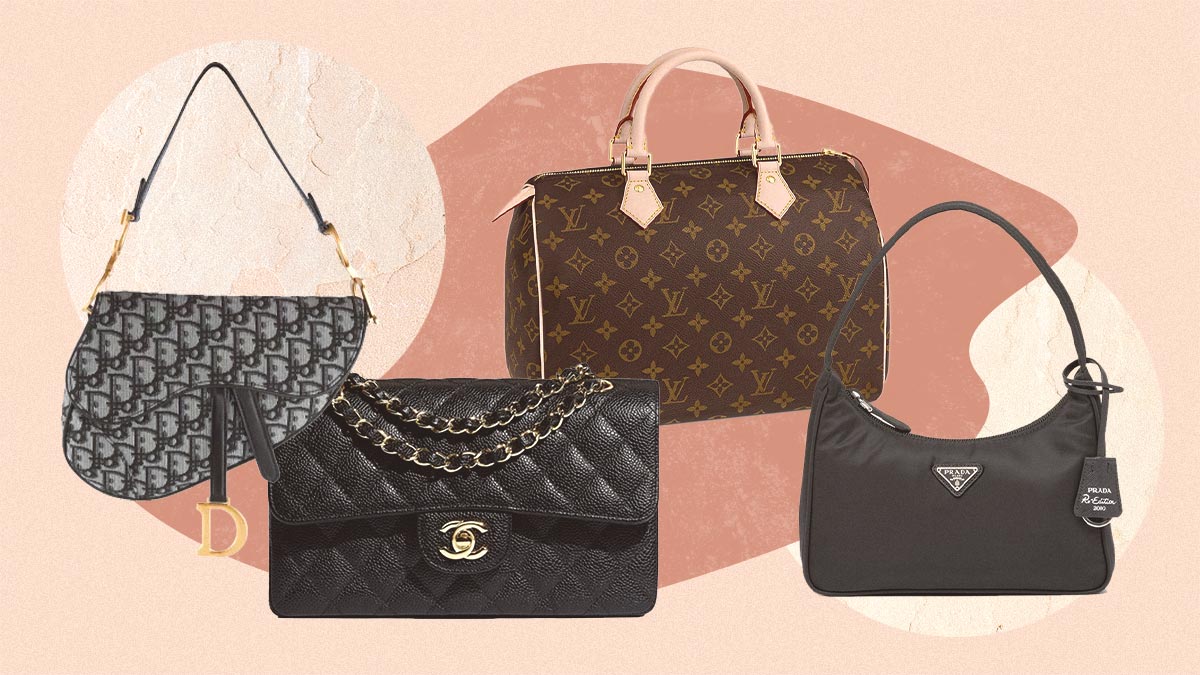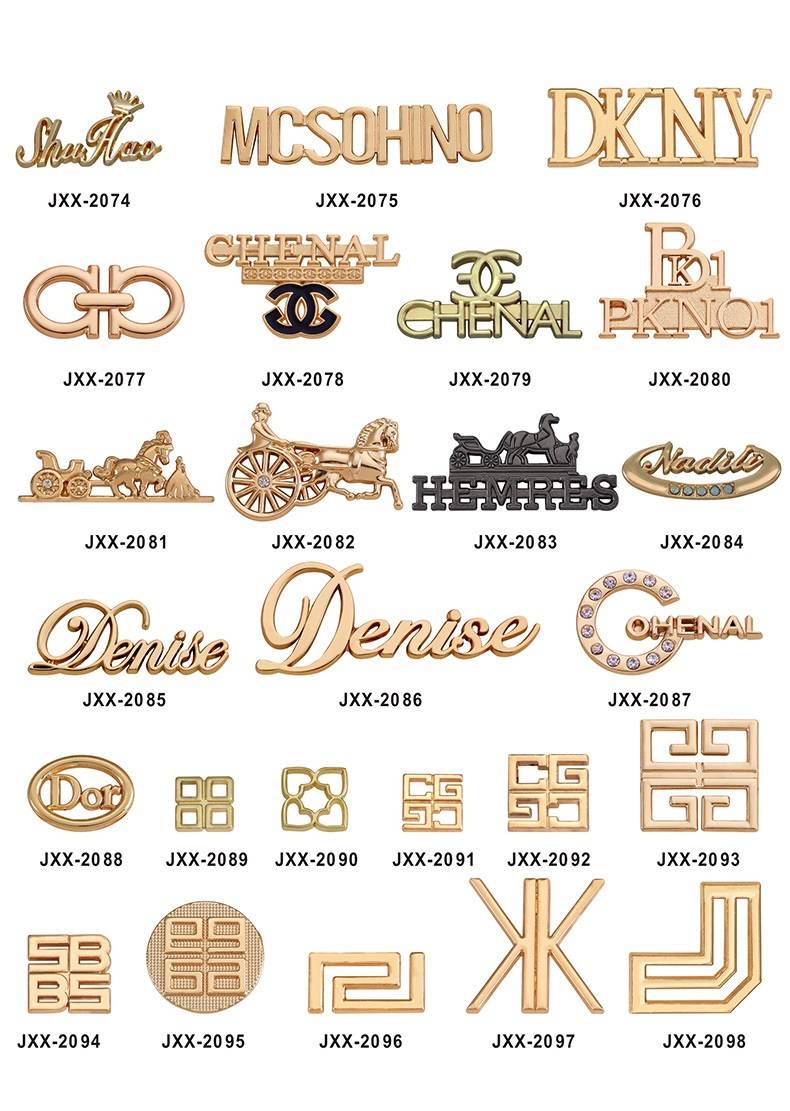Like A Designer Bag With The Company Name Misspelled
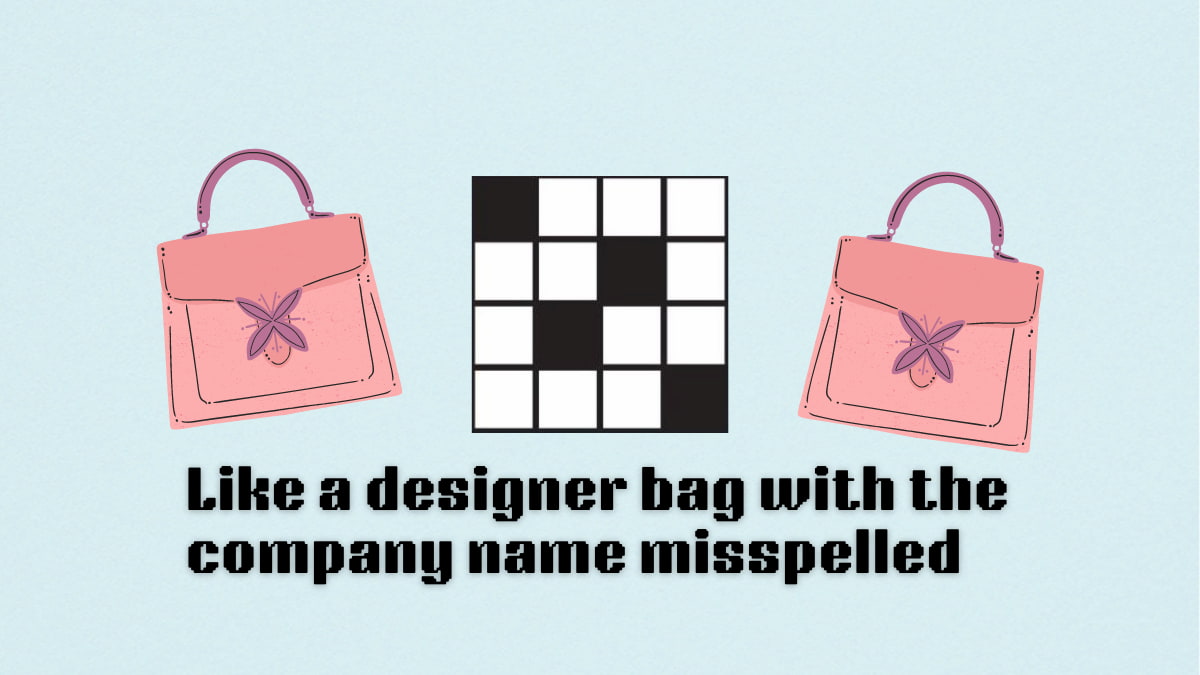
The allure of a luxury brand hinges on exclusivity, quality, and meticulous attention to detail. What happens, then, when that carefully constructed image is marred by glaring errors? The ripple effect can be significant, impacting brand perception and consumer trust.
Imagine purchasing a coveted designer handbag, only to discover the brand's name is misspelled. This seemingly minor flaw exposes a deeper issue: a potential breakdown in quality control, raising concerns about the authenticity and value of the product, and the overall integrity of the brand itself.
The Allure and the Fallacy
Luxury brands invest heavily in cultivating an aura of perfection. Every stitch, every detail, is scrutinized to maintain the brand's reputation for excellence. When an error, such as a misspelling, surfaces, it shatters this carefully crafted illusion.
The impact extends beyond the immediate consumer. It casts doubt on the brand's internal processes and raises questions about the brand's commitment to maintaining its standards. The incident, while seemingly trivial, can snowball into a significant crisis.
The Anatomy of a Brand Blunder
The discovery of such a flaw often triggers a chain reaction. Social media erupts with commentary, dissecting the error and questioning the brand's legitimacy. This public scrutiny forces the brand to address the issue swiftly and transparently.
According to a 2023 report by the Luxury Institute, 65% of high-net-worth individuals consider attention to detail a crucial factor when assessing a luxury brand. A visible error directly contradicts this expectation and damages the brand's appeal.
Furthermore, authenticity verification becomes paramount. Consumers demand reassurance that the flawed item isn't a counterfeit that slipped through the cracks. This necessitates increased scrutiny and potentially costly investigations.
The Counterfeit Connection and Consumer Confidence
The existence of misspelled items can blur the lines between genuine products and counterfeit goods. Counterfeiters often intentionally misspell brand names to avoid trademark infringement, but a legitimate brand making such a mistake plays into their hands. This creates consumer confusion.
A 2022 report by the OECD (Organisation for Economic Co-operation and Development) estimates that international trade in counterfeit and pirated goods represents as much as 3.3% of world trade. Blunders like misspellings make it harder to distinguish authentic items from these fakes.
Consumer confidence is directly linked to brand integrity. Instances of errors erode trust, making consumers more hesitant to invest in the brand's products. Repairing this damage requires significant effort and investment.
Case Studies: Lessons Learned
Several brands, even those with strong reputations, have faced similar situations. These incidents highlight the importance of rigorous quality control measures and transparent communication.
In 2018, Prada faced criticism when consumers discovered spelling errors on some of their merchandise. The company issued a public apology and took steps to improve its quality assurance processes.
Another example involves Dolce & Gabbana, whose marketing missteps and quality issues have led to significant reputational damage in certain markets, according to a 2019 report from Bain & Company.
The Road to Redemption: Damage Control and Prevention
When a brand is confronted with such an error, the response is critical. A swift and genuine apology is essential. The brand must acknowledge the mistake and take responsibility for the lapse in quality control.
Implementing robust quality assurance measures is paramount. This includes rigorous checks at every stage of production, from design to manufacturing and distribution. Investing in advanced technology and skilled personnel can help minimize the risk of future errors.
Furthermore, transparent communication is key. The brand must keep its customers informed about the steps it is taking to rectify the situation and prevent similar incidents from occurring in the future.
The Long-Term Impact on Brand Value
The consequences of a brand blunder can be far-reaching, affecting brand value and long-term profitability. A damaged reputation can deter new customers and alienate existing ones. Recovering from such an incident requires a sustained effort to rebuild trust and confidence.
Interbrand, a leading brand consultancy, estimates that brand value accounts for a significant portion of a company's market capitalization. Any event that negatively impacts brand perception can have a corresponding effect on its financial performance.
Ultimately, the key to safeguarding brand value lies in a commitment to quality, transparency, and customer satisfaction. By prioritizing these principles, brands can mitigate the risk of errors and maintain their reputation for excellence.
Looking Ahead: Maintaining the Illusion
In an era of heightened consumer awareness and instant communication, brands are under increasing scrutiny. Maintaining the illusion of perfection requires constant vigilance and a relentless pursuit of quality.
Investing in technology, such as AI-powered quality control systems, can help identify and prevent errors before they reach consumers. Furthermore, fostering a culture of accountability within the organization is crucial.
The future of luxury branding depends on the ability to maintain consumer trust and deliver on the promise of exceptional quality. A single misspelling may seem inconsequential, but it can expose vulnerabilities that undermine the entire brand. Brands must learn from these mistakes and invest in robust systems to prevent similar incidents from eroding their carefully built reputations. The price of perfection is eternal vigilance.

